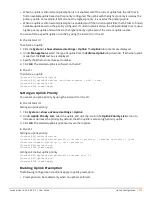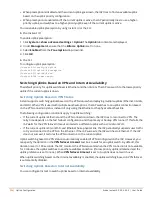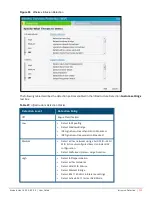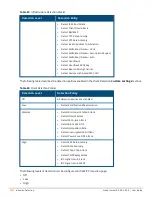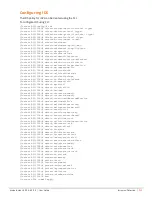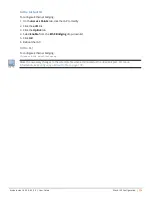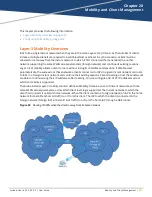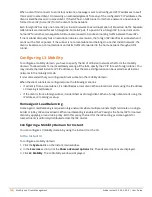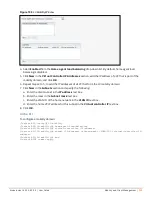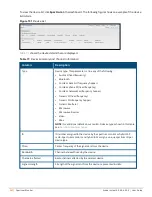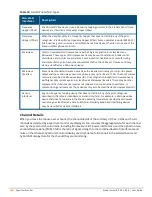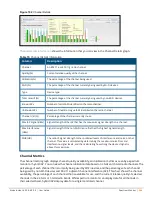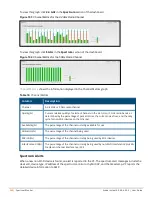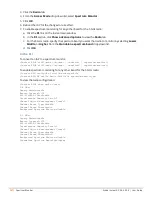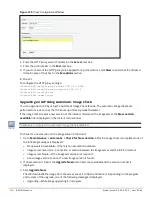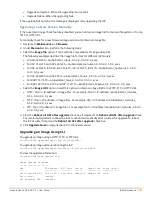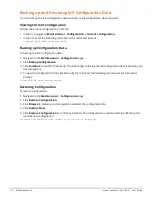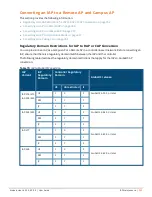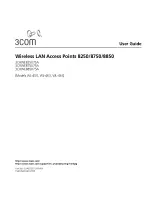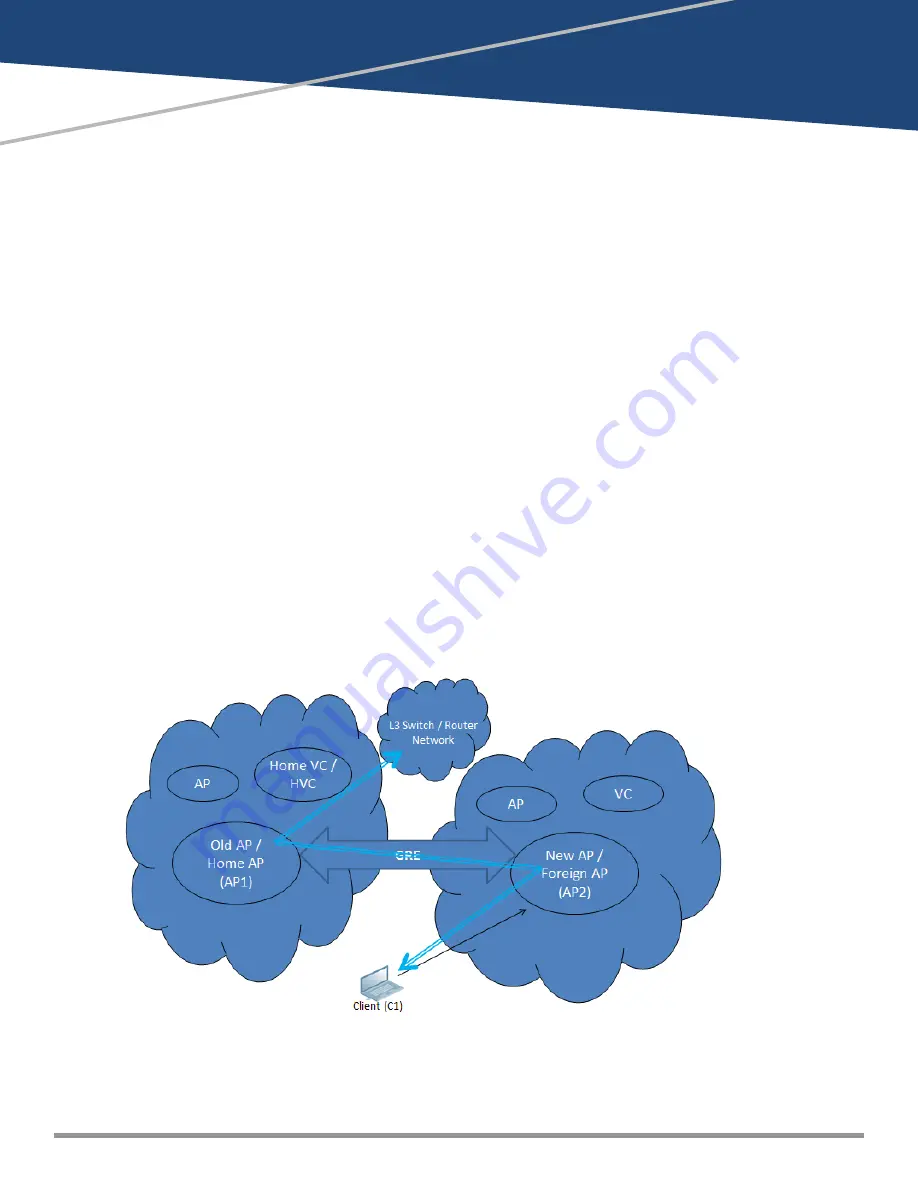
Aruba Instant 6.5.0.0-4.3.0.0 | User Guide
Mobility and Client Management |
337
Chapter 28
Mobility and Client Management
This chapter provides the following information:
l
Layer-3 Mobility Overview on page 337
l
Configuring L3-Mobility on page 338
Layer-3 Mobility Overview
IAPs form a single Instant network when they are in the same Layer-2 (L2) domain. As the number of clients
increase, multiple subnets are required to avoid broadcast overhead. In such a scenario, a client must be
allowed to roam away from the Instant network to which it first connected (home network) to another
network supporting the same WLAN access parameters (foreign network) and continue its existing sessions.
Layer-3 (L3) mobility allows a client to roam without losing its IP address and sessions. If WLAN access
parameters are the same across these networks, clients connected to IAPs in a given Instant network can roam
to IAPs in a foreign Instant network and continue their existing sessions. Clients roaming across these networks
are able to continue using their IP addresses after roaming. You can configure a list of VC IP addresses across
which L3 mobility is supported.
The Aruba Instant Layer-3 mobility solution defines a Mobility Domain as a set of Instant networks, with the
same WLAN access parameters, across which client roaming is supported. The Instant network to which the
client first connects is called its home network. When the client roams to a foreign network, an IAP in the home
network (home IAP) anchors all traffic to or from this client. The IAP to which the client is connected in the
foreign network (foreign IAP) tunnels all client traffic to or from the home IAP through a GRE tunnel.
Figure 99
Routing of traffic when the client is away from its home network

